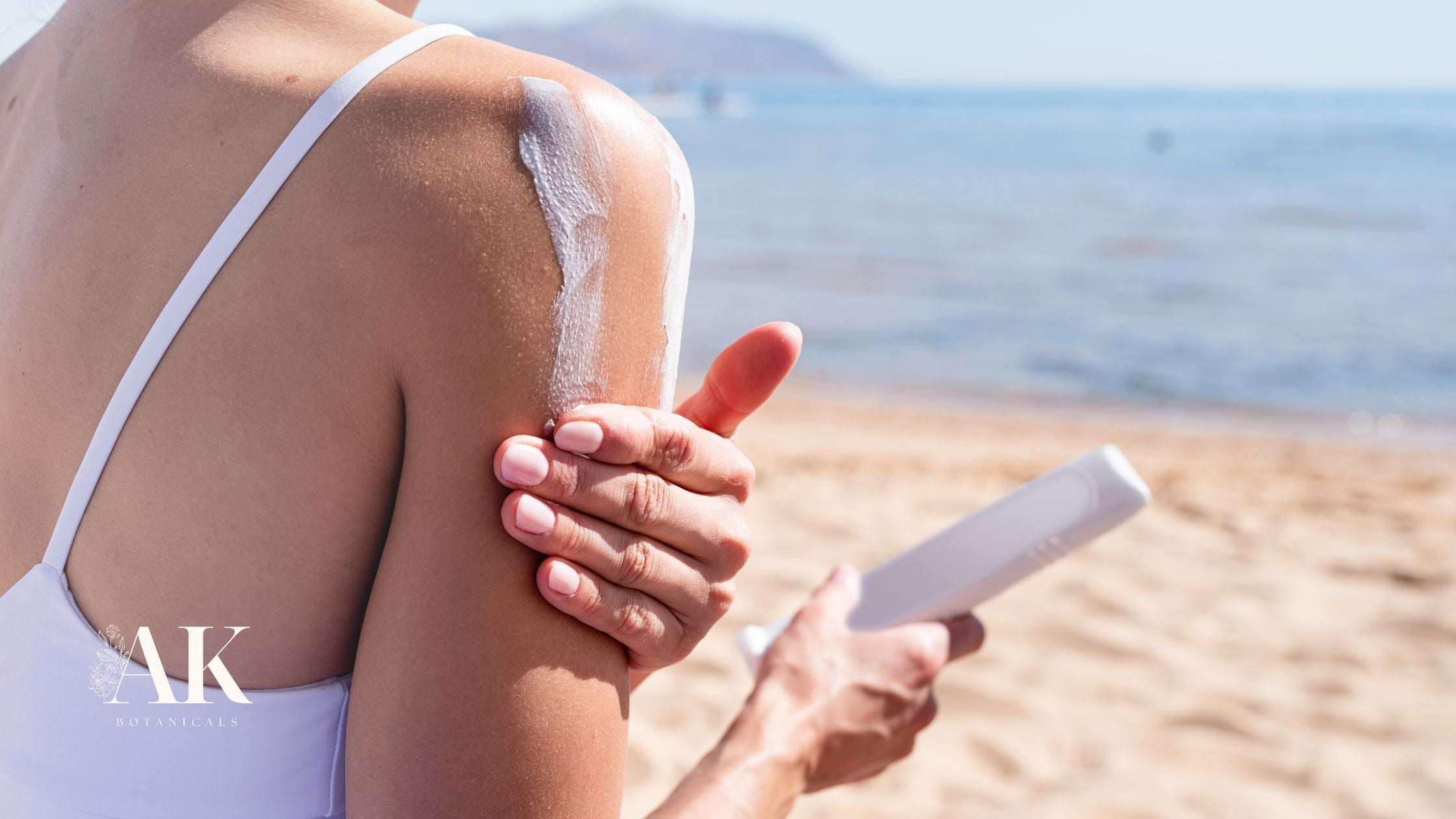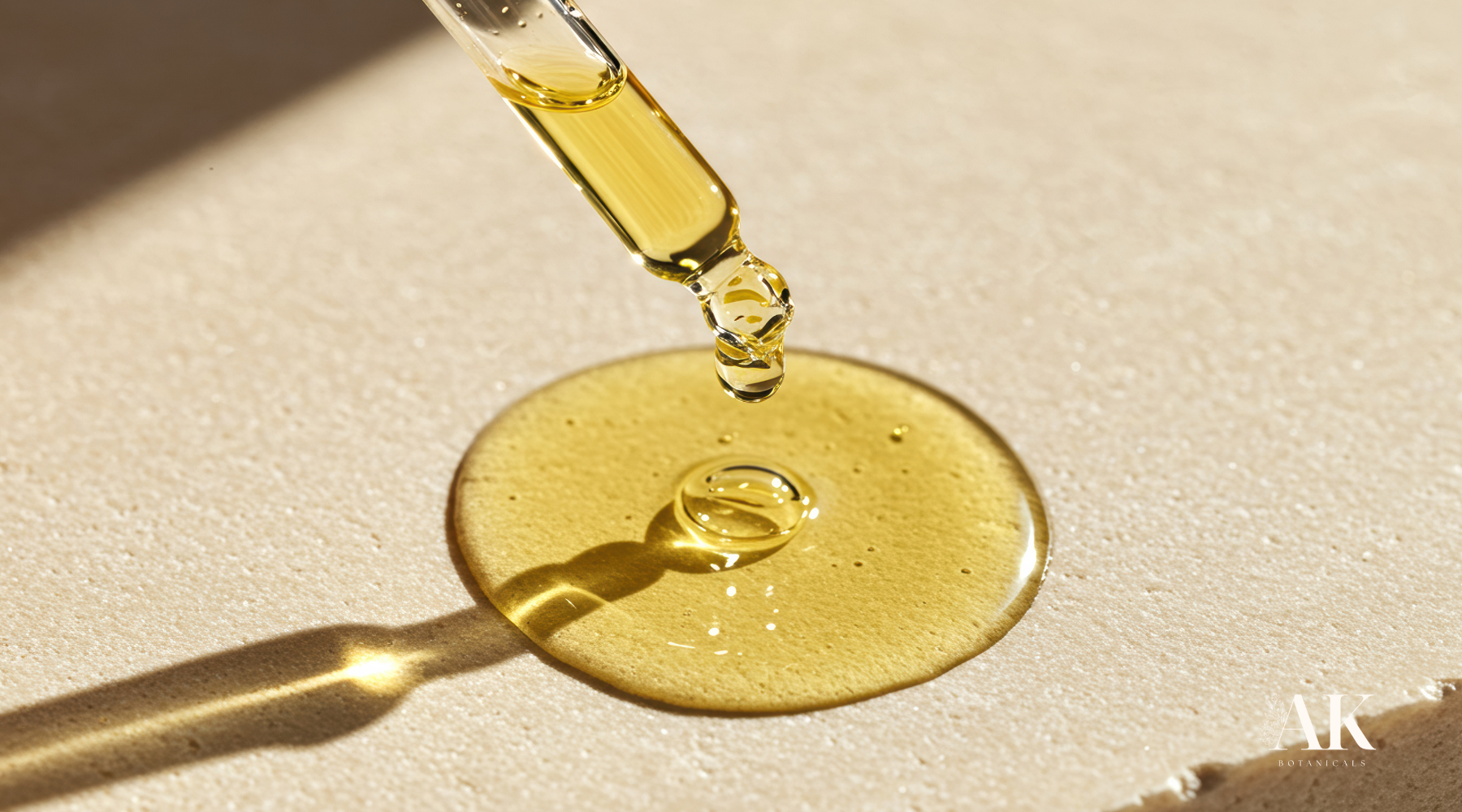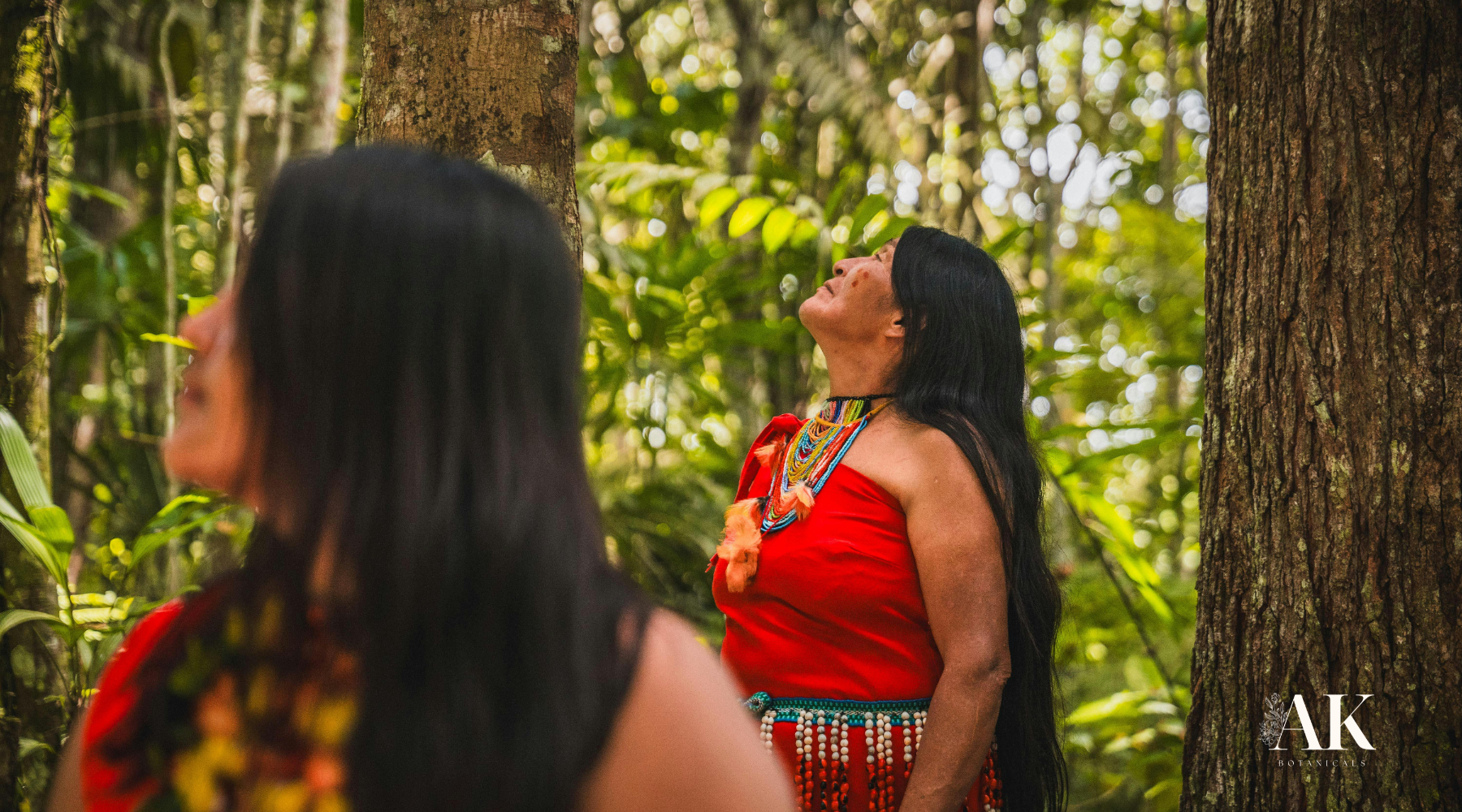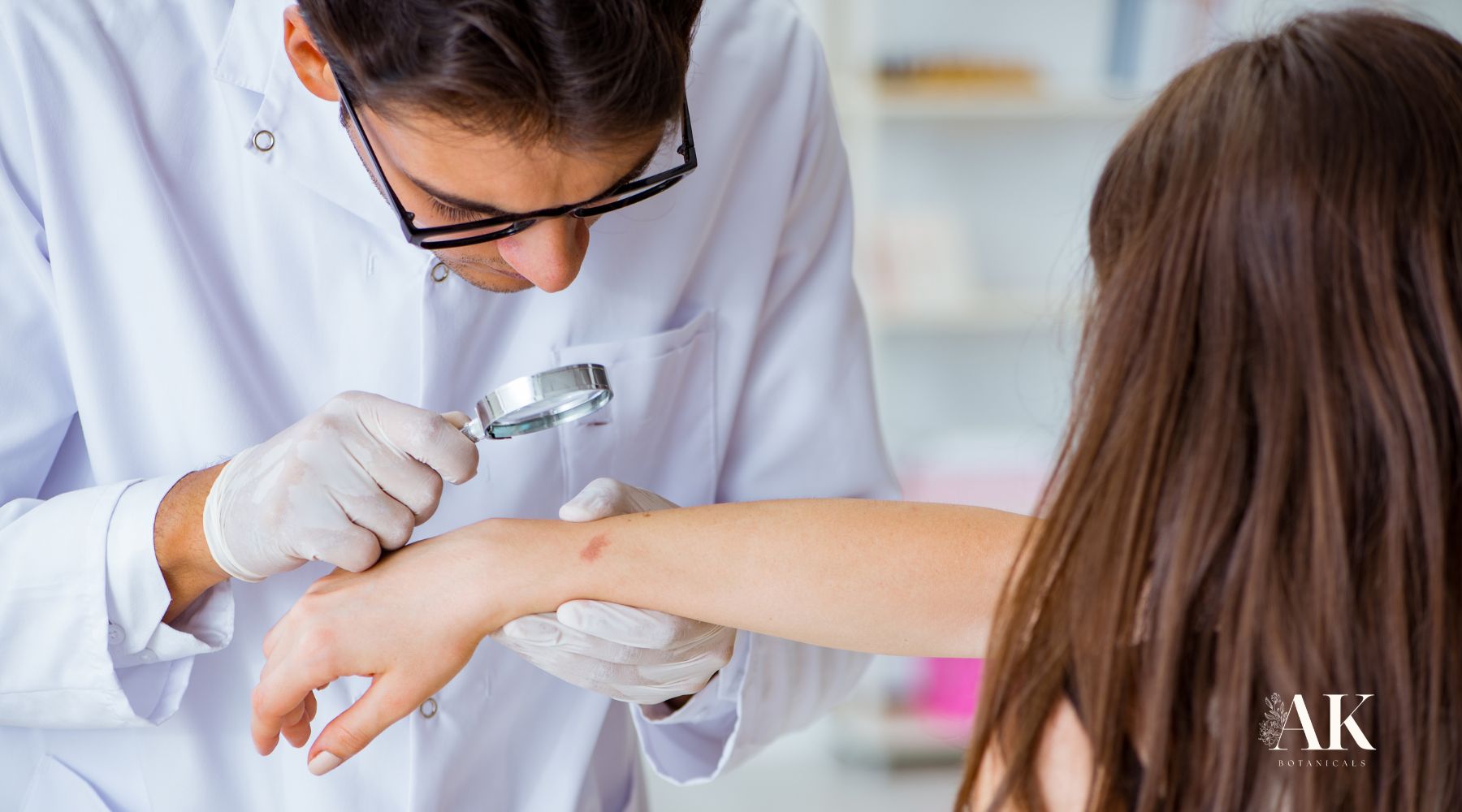
The Importance of Sun Protection in Keratosis Prevention
Protecting your skin from the sun's harmful rays is critical in preventing Actinic Keratosis (AK), a common precancerous condition known for its potential to progress into more severe skin issues, such as squamous cell carcinoma. Implementing effective sun protection strategies not only helps guard against the early formation of actinic keratosis but also promotes overall skin health.
Here we explore everything from practical strategies to botanical support and answers to the most common questions surrounding actinic keratosis. Whether you're looking for treatment options or simply aiming to stay ahead with prevention, you'll find valuable information here to help you make informed choices and protect your skin for the long haul.
What Causes Actinic Keratosis?
Actinic keratosis is primarily caused by chronic exposure to ultraviolet (UV) radiation, especially from the sun. Over time, UV rays damage the DNA in skin cells, leading to abnormal changes in the outermost layer of skin. This condition is particularly prevalent among individuals with fair skin, light-colored eyes, and a history of intense or prolonged sun exposure, often without adequate protection.
The damage is cumulative, meaning even short periods of unprotected sun exposure can add up over the years. That’s why actinic keratosis often appears later in life, typically after the age of 40, even though younger individuals who use tanning beds or have high UV exposure may also be at risk.
Other elements that add to this over time include:
- Weakened immune systems (due to illness, medication, or organ transplants)
- A genetic predisposition to skin conditions
- Occupations or lifestyles that involve working outdoors
- Sun exposure drives much of the risk, but it’s important to recognize how actinic keratosis reflects the combined impact of both environmental and internal factors on your skin’s resilience.
Are Actinic Keratoses Dangerous?
Actinic keratoses aren’t immediately life-threatening, but they are considered precancerous lesions with the potential to develop into squamous cell carcinoma (SCC), a common and potentially serious form of skin cancer if left untreated.
The risk of transformation is estimated to be about 5–10% over time, but because it's impossible to predict which lesions will progress, dermatologists often recommend treating or monitoring all AKs. This is particularly important for people with multiple lesions, a weakened immune system, or a history of skin cancer.
While many actinic keratoses remain benign, ignoring them is not a safe option. Early intervention, whether through medical procedures, topical treatments, or natural remedies, can halt progression and improve your skin’s appearance and comfort.
Are Actinic Keratoses Chronic?
Yes, actinic keratosis is generally considered a chronic condition. Once you develop one lesion, you're more likely to develop more over time-especially if the underlying cause, such as sun exposure, continues.
This chronicity is often referred to as “field cancerization”, where large areas of sun-exposed skin (like the scalp, face, or forearms) develop multiple AK lesions over time. Even after successful treatment of individual spots, new ones may continue to appear in adjacent areas unless comprehensive sun protection and preventive care are maintained.
This is why we recommend a long-term skin care and prevention strategy that includes:
- Daily broad-spectrum sunscreen
- Regular dermatologist check-ups
- Use of antioxidant-rich skincare
- Conscious lifestyle changes, such as limiting sun exposure during peak hours
At AK Botanicals, we believe that chronic doesn’t have to mean unmanageable. With consistent care, vigilance, and the support of AKti-Clear, you can support healthier-looking skin and maintain your skin’s natural resilience.
Can Actinic Keratosis Spread?
Actinic keratosis does not "spread" in the traditional sense of an infectious disease. Instead, what happens is a progressive manifestation of cellular damage across sun-exposed areas. If you’ve developed one AK, it’s likely a sign that your skin has experienced significant cumulative UV damage, making other areas vulnerable.
In that sense, it can feel like the condition is spreading as new lesions pop up over time, especially in untreated or unprotected areas. This is another reason why early intervention and whole-field treatments are often recommended instead of just targeting individual spots.
Remember, just because AK isn’t contagious doesn’t mean it can be ignored. If left unmanaged, these lesions may deepen, bleed, itch, or become cancerous.
How to Find Actinic Keratosis Care Near You
If you’ve noticed a rough patch on your skin or recently learned you have actinic keratosis, it’s natural to wonder what effective options are available, and where to begin. Here are some paths many people take:
- Cryotherapy (Freezing): A quick, in-office approach that gently removes isolated spots.
- Photodynamic Therapy (PDT): Uses a special light and medication to encourage your skin’s natural renewal.
- Topical Prescription Creams: Medicines like fluorouracil, imiquimod, or diclofenac that support healing over larger areas.
- Laser Resurfacing or Curettage: More intensive options for persistent or widespread lesions.
- AKti-Clear: Our botanical blend you can use from home, designed to nurture sun-exposed skin, supporting your skin’s natural renewal process.
Finding Treatment
To locate a dermatologist or skin clinic near you, use search terms like:
- “Actinic keratosis treatment near me”
- “Skin cancer screening + [Your City]”
- “Board-certified dermatologist + actinic keratosis”
Also, consider looking into teledermatology services, which can provide virtual consultations and even ship prescription treatments directly to your home.
At AK Botanicals, we don’t offer medical treatments, but we do believe in the power of nature to support your skin’s journey. Our botanically-infused formulas are crafted to work alongside your dermatologist’s care, helping you care for your skin consistently.
We created AKti-Clear as an accessible and affordable botanical blend designed to support healthy, resilient skin. No prescription needed, and easy to use from the comfort of home. Because we believe everyone deserves thoughtful, plant-based support that fits into real life.
Can Actinic Keratosis Be Cured?
Technically, individual lesions of actinic keratosis can be cured or removed, but because the condition reflects cumulative sun damage, it is often recurrent.
Once a lesion is treated, there’s always a possibility that another one will form nearby. This means that while you can eliminate current AKs, you must remain vigilant with sun protection and skincare to prevent new ones from forming.
This is where a botanical approach can make a meaningful difference. The botanical extracts in AKti-Clear have shown promise in reducing oxidative stress and supporting general skin health.
So, while actinic keratosis isn’t curable in a permanent sense, it’s very manageable-especially when you build a routine that pairs professional dermatological care with preventative daily habits.
Can Actinic Keratosis Lead to Skin Cancer?
Yes. Actinic keratosis is widely recognized as a precursor to squamous cell carcinoma (SCC), a common and potentially dangerous type of skin cancer. Studies suggest that up to 10% of untreated AKs may progress to SCC, particularly if they’re thick, crusty, or located on high-risk areas like the scalp, ears, or lips.
Because of this risk, dermatologists often adopt an aggressive treatment approach, especially for individuals with multiple lesions or compromised immune systems.
Not every AK turns into cancer, but the difficulty lies in predicting which ones will. This makes early detection and regular monitoring essential.
Can Actinic Keratosis Bleed?
Yes, actinic keratosis can sometimes bleed, although it’s not the most common symptom. A lesion that starts to bleed, ooze, or ulcerate may be a warning sign that it's progressing toward squamous cell carcinoma.
Other signs to watch for include:
- Rapid growth
- Tenderness or pain
- Change in color or shape
- Crusting or persistent irritation
If any of these symptoms appear, it’s crucial to consult a dermatologist promptly. While many AKs remain stable, a bleeding lesion should never be ignored.
Important Protection Strategies to Safeguard Your Skin from the Sun
Taking proactive measures to safeguard your skin should be a top priority, particularly if you're between the ages of 45 to 65 or have a history of sun exposure. Here are the key strategies that work:
- Apply Broad-Spectrum Sunscreen Daily: Choose one with SPF 30 or higher and apply it every morning. Reapply every two hours when outdoors.
- Wear Protective Clothing: Tightly woven, dark fabrics, wide-brimmed hats, and UV-blocking sunglasses offer physical defense.
- Seek Shade During Peak Hours: Especially from 10 a.m. to 4 p.m., when UV rays are strongest.
- Use Botanical Skincare: Products with vitamin C, green tea, and aloe vera help reduce oxidative stress and soothe skin post-exposure.
Integrating Preventative Measures into Your Daily Life
Prevention is not a one-time effort, it’s a daily habit that becomes second nature. Here’s how to build actinic keratosis prevention into your lifestyle:
- Keep sunscreen near your toothbrush to remember it each morning
- Carry a mini SPF stick in your bag for midday touch-ups
- Choose skincare with natural antioxidants to nourish your skin
- Make hats and sunglasses your signature accessories
- Book a yearly dermatology appointment around your birthday so you never forget
Actinic keratosis is a sign that your skin is asking for care, attention, and protection. While it may feel alarming to face a precancerous condition, the truth is: you have more control than you think.
By staying informed, using medical and botanical tools, and committing to daily sun safety, you can prevent progression, reduce recurrence, and support your skin's natural healing process.
For long-term peace of mind and healthier skin, make sun protection a ritual, not an afterthought. And remember, the small steps you take today will determine the strength and radiance of your skin tomorrow.
Discover the AK Botanicals Difference
Support your skin with botanically powered products created with resilience and recovery in mind.
Disclaimer: This article is intended for informational purposes only and does not constitute medical advice. Always consult a board-certified dermatologist regarding your specific condition.




